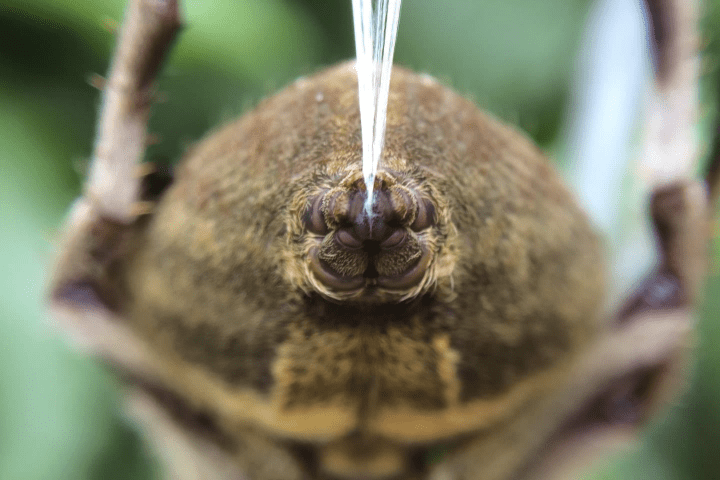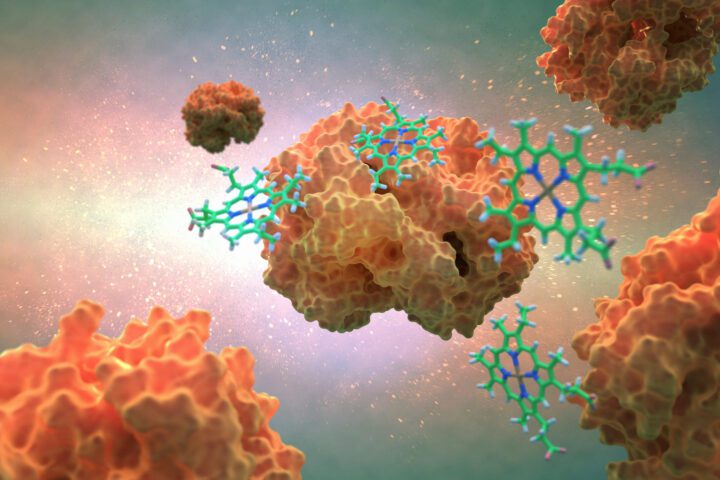Spintex Engineering's unique technology creates high-performance biodegradable silk fibers at room temperature.
Benefits
- Reduced chemical use
- Increased efficiency
Applications
- Apparel & Clothing Manufacturing
UN Sustainable Development Goals Addressed
-

Goal 9: Industry Innovation & Infrastructure
-

Goal 12: Responsible Production & Consumption
The Challenge
More than 50% silk’s total environmental footprint lies in the raw material processing, primarily cocoon reeling, which boils thousands of liters of water every day. Currently, there are no sustainable alternatives to traditional silk, one of the top three luxury materials in high-end fashion. However, silk is incredibly energy intensive to produce due to its high temperature processing, giving it an environmental impact among fashion materials second only to leather.
Innovation Details
Spider silk is often cited as one of the strongest biological materials in the world, and scientists have long been searching for a way to artificially synthesize this silk for human use as a textile fiber. Spintex Engineering has finally cracked the spider’s code and has developed a solution that mimics a spider spinnerets’ ability to spin fiber at room temperature without harsh chemicals, from a liquid gel. The process is 1,000 times more energy efficient than synthetic, petroleum fibers, with water as the only byproduct.

Watch how Spintex was inspired by spider spinnerets to create a uniquely biomimetic fiber spinning mechanism.
Biological Model
Spiders are masters at turning liquid s into a strong, solid silk. Inside its body, a spider stores the silk-making proteins in a folded configuration held together by ‘salt bridges’, which causes the parts of the proteins that would otherwise link together to be temporarily inaccessible. As the proteins move into the spider’s spinning duct, they encounter a lower pH gradient. This changed environment dissolves the salt bridges and allows the protein to unfold into a new configuration that can be used to make silk.
Ray of Hope Prize®
Spintex was awarded the 2021 Ray of Hope Prize, which celebrates nature-inspired solutions addressing the world’s biggest environmental and sustainability challenges. Created in honor of Ray C. Anderson, founder of Interface, Inc. and a business and sustainability leader, the $100,000 Ray of Hope Prize helps startups cross a critical threshold in becoming viable businesses by amplifying their stories and providing them with equity-free funding. The prize shines a light on the innovative, nature-inspired solutions that we need to build a sustainable and resilient world.





